Sitting at a desk for hours can take a toll—not just on your back, but on your mind. For office workers battling stress, mental fatigue, and low energy, adding movement into the day isn’t a luxury—it’s essential. The good news? You don’t need hours at the gym. Just 15 minutes of daily Pilates can transform your mental well-being, posture, and focus—without ever leaving your office or disrupting your schedule.
Pilates is a low-impact exercise system that emphasizes core strength, controlled breathing, and mindful movement. Unlike high-intensity workouts, it’s gentle on the joints and can be done almost anywhere—even in business casual clothes. For desk-bound professionals, Pilates counteracts the physical and mental strain of prolonged sitting by:
These physical benefits directly support mental health. Controlled breathing and focused movement activate the parasympathetic nervous system, helping reduce anxiety and improve emotional regulation.
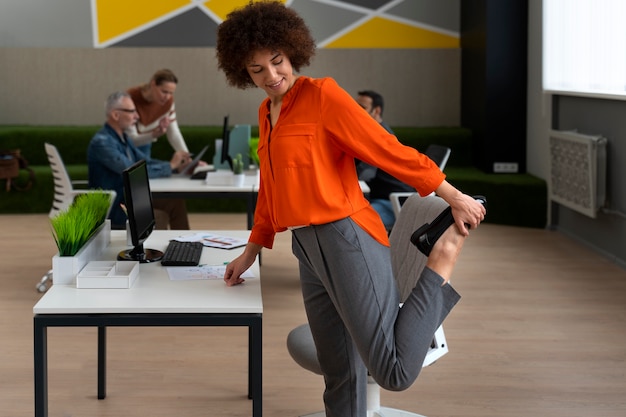
The key to success is simplicity and consistency. Here’s how to build a sustainable 15-minute Pilates routine tailored for office workers:
Pick a consistent time each day—before work, during lunch, or right after logging off. Even breaking it into two 7–8 minute sessions (morning and afternoon) works. Consistency matters more than duration.
Start with foundational Pilates moves that require no equipment and can be done seated or standing:
Perform each exercise slowly and with intention. Focus on your breath—inhale through the nose for 4 counts, exhale for 6. This extended exhale triggers relaxation.
Tracking helps you stay motivated and see real results. Each week, assess the following:
| Area | How to Track |
|---|---|
| Physical Comfort | Rate back/neck pain from 1–10 |
| Energy Levels | Note afternoon slumps |
| Mental Clarity | Rate focus and concentration |
| Stress | Journal mood or anxiety levels |
After 4 weeks, review your notes. Most people report better posture, reduced stress, and improved mental resilience.
Pilates is more than physical exercise—it’s a form of moving meditation. Studies show that mindful movement practices like Pilates can:
By syncing breath with movement, Pilates helps regulate the autonomic nervous system—shifting the body from 'fight-or-flight' to 'rest-and-digest' mode. This is especially valuable during high-pressure workdays.
Long-term success comes from integration, not intensity. As you get comfortable, try:
Remember: Progress isn’t perfection. Even on busy days, doing 5 minutes is better than none. The goal is consistency, not completion.
You don’t need a fitness overhaul to feel better. Just 15 minutes of daily Pilates can re-energize your body, clear your mind, and build resilience against workplace stress. For office workers seeking mental clarity and emotional balance, Pilates offers a practical, science-backed path to lasting well-being—one breath at a time.

Wellness

Wellness

Wellness

Wellness

Wellness

Wellness
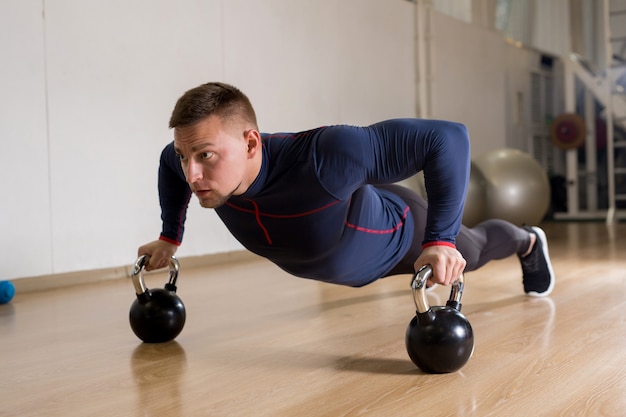
Fitness
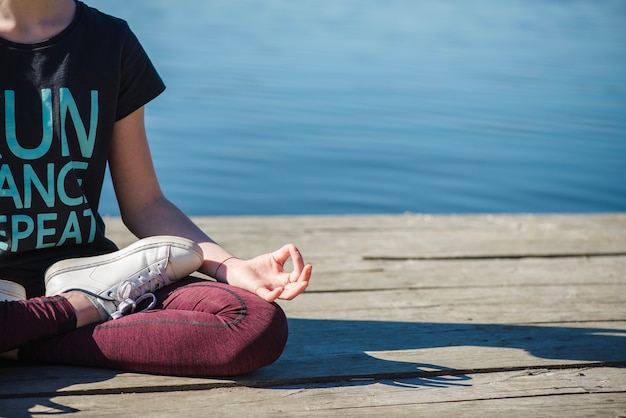
Wellness
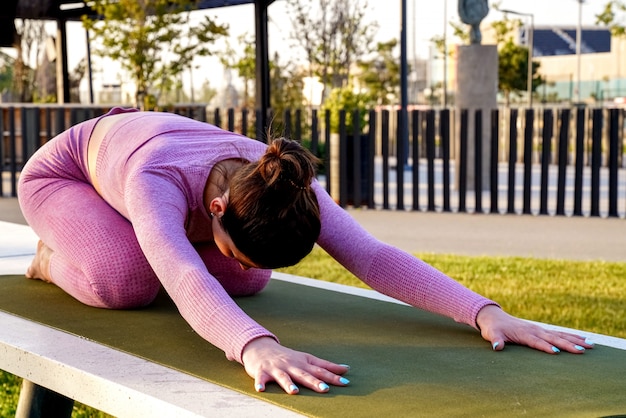
Fitness

Wellness
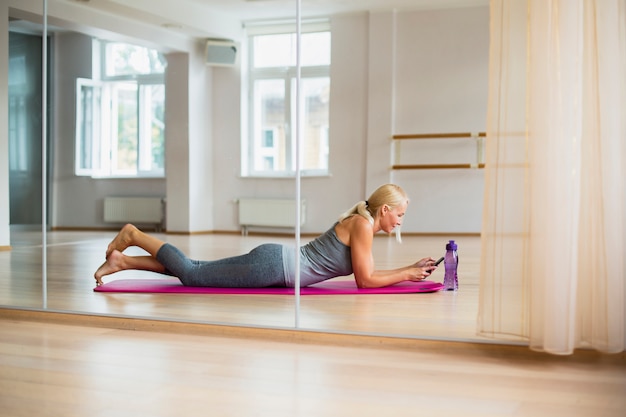
Fitness
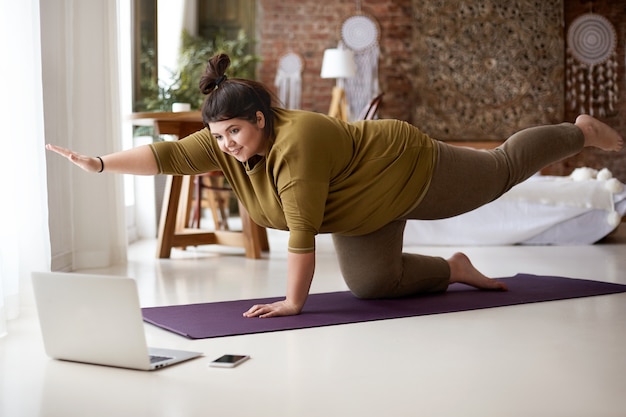
Fitness

Health

Fitness

Health

Health